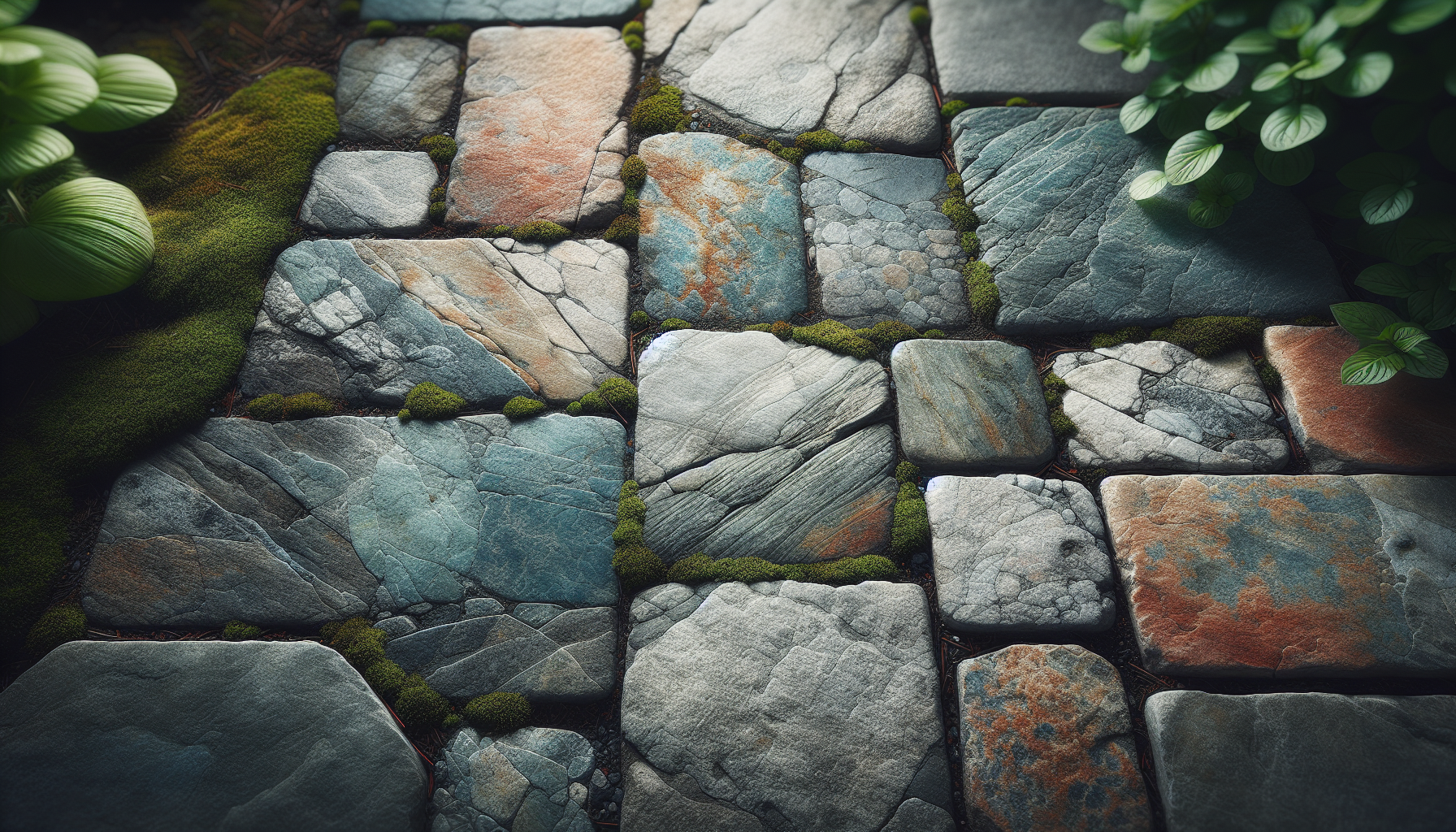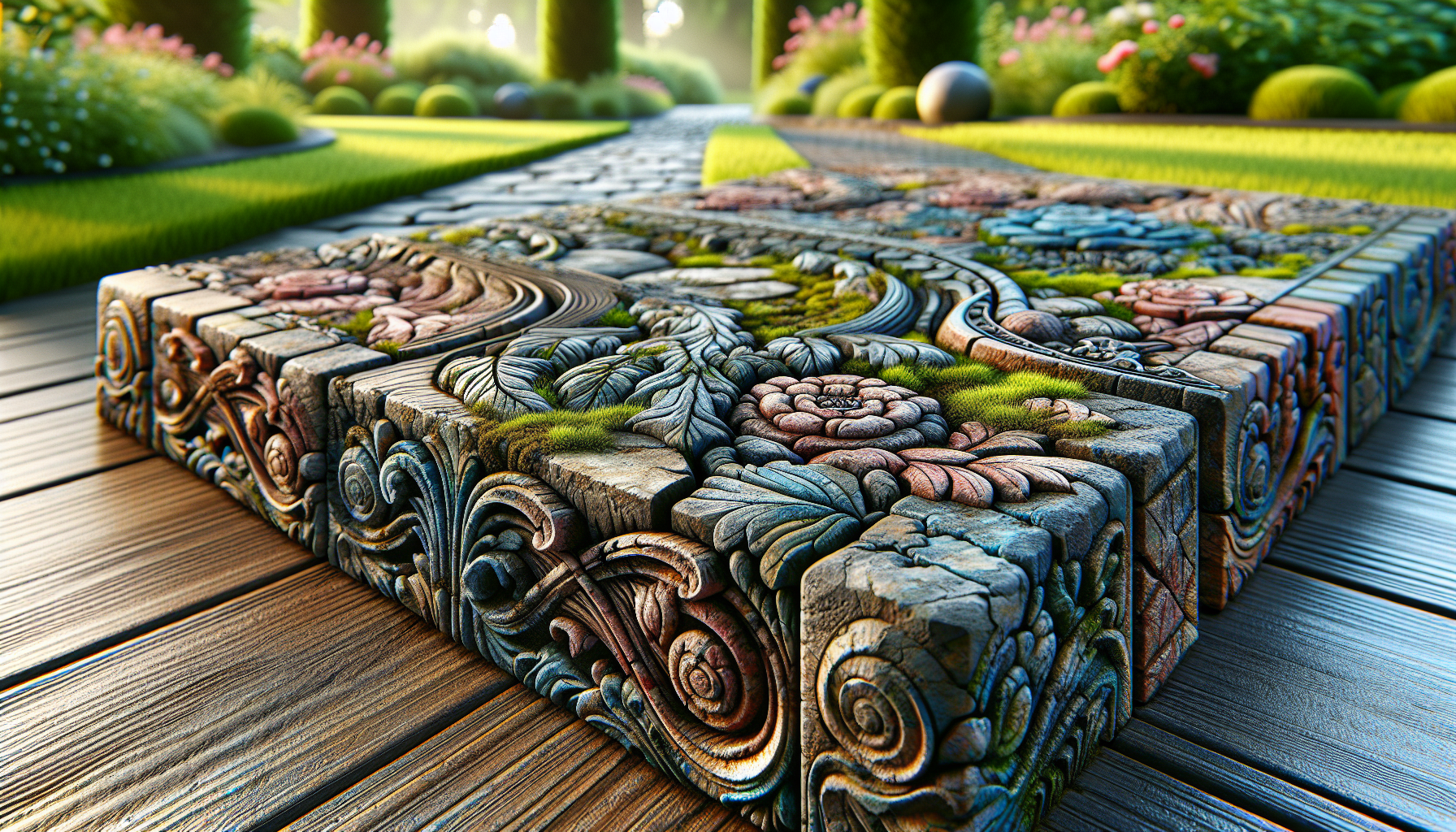Have you ever walked on uneven pavers and wondered how to fix them?
Pavers can enhance your outdoor spaces, creating beauty and functionality. However, with time, they may develop issues requiring attention. In this guide, you will find effective solutions for repairing your pavers and restoring your hardscaping projects. Let’s get started on how you can refresh your outdoor areas.

Understanding Common Paver Issues
Paver surfaces can suffer from several common problems. Recognizing these issues is the first step toward an effective repair solution. Here are a few typical concerns you might encounter:
Uneven Pavers
Over time, shifting or settling can lead to uneven pavers. This issue can create tripping hazards and diminish the aesthetic appeal of your hardscape.
Cracked or Broken Pavers
Weather conditions, heavy loads, and erosion can cause pavers to crack or break. Even a small crack can widen over time, leading to more significant damage.
Weeds and Vegetation Growth
Weeds can sprout between the pavers, causing them to shift or even break. This growth can create an unkempt appearance and make maintenance difficult.
Discoloration and Stains
Pavers can become discolored due to dirt, algae, or other stains. These unsightly marks can detract from the overall look of your outdoor spaces and may require cleaning or sealing.
Tools and Materials Needed for Paver Repair
Before you jump into repairs, gather the necessary tools and materials. Having everything on hand makes the process smoother. Here’s a list to consider:
- Hammer: Useful for resetting pavers.
- Chisel: Helps in removing any damaged or broken pavers.
- Weed Killer: Effective for managing weed growth.
- Sand: Used to fill gaps between pavers.
- Sealant: Protects your pavers from stains and weather damage.
Steps for Repairing Uneven Pavers
If you notice uneven pavers, follow these steps to level them out effectively.
Step 1: Identify the Problem Areas
Walk over your paving surface and locate uneven spots. Look for pavers that are higher or lower than the surrounding ones.
Step 2: Remove Adjacent Pavers
Carefully take out the pavers surrounding the uneven areas, using a hammer and chisel to avoid damaging them.
Step 3: Level the Base
Inspect the soil or sand base underneath. If it has settled, add more sand or soil and compact it until level.
Step 4: Reinstall the Pavers
Place the pavers back into their original positions. Make sure they sit evenly and flush with the surrounding stones.
Step 5: Fill in Gaps
Fill any joints between the pavers with sand. This helps secure the pavers in place and prevents weeds from growing.
Step 6: Compact the Surface
Use a tamper or a plate compactor to gently press down on the pavers. This will help them bond with the base and make them stable.
Repairing Cracked or Broken Pavers
If your pavers have cracks or are broken, addressing these issues promptly can prevent further damage.
Step 1: Assess the Damage
Determine whether the damage is superficial or if the paver needs replacing. Small cracks may only need a repair, while larger breaks could require full replacement.
Step 2: Remove Damaged Pavers
Use a chisel to carefully remove any broken pieces. Ensure you wear gloves to protect your hands during this process.
Step 3: Prepare the Base
Check the base for stability. If the soil is loose, add new material to create a solid foundation.
Step 4: Replace with New Pavers
Install new pavers that match the existing ones in size and color. This consistency ensures a uniform look within your hardscape.
Step 5: Prevent Future Damage
Consider sealing the new pavers with a high-quality sealant. This can help protect against moisture damage and environmental wear.

Managing Weeds and Vegetation Growth
Weeds can be persistent, so managing them is key to maintaining your pavers.
Step 1: Remove Existing Weeds
Use a garden trowel or similar tool to dig out the weeds between the pavers. Make sure to get the roots to prevent regrowth.
Step 2: Apply Weed Killer
After removing weeds, apply a weed killer to the affected area. This will eliminate any remaining seeds and prevent new growth.
Step 3: Fill with Sand
Once everything is clean, fill any gaps with sand to create a barrier against new weeds.
Step 4: Seal the Surface
Consider applying a sealant over the pavers to protect them and keep weeds from sprouting in the future.
Cleaning Stains and Discoloration
Keeping your pavers clean takes effort, but it pays off in the long run.
Step 1: Assess the Stains
Determine the type of stains you are dealing with. Common types include oil, dirt, moss, or mildew.
Step 2: Prepare Cleaning Solution
For general dirt and grime, mix a solution of warm water and mild detergent. For oil stains, consider a degreaser specifically designed for pavers.
Step 3: Scrub the Stains
Using a stiff-bristle brush, scrub the stained areas with your cleaning solution. For tough stains, let the solution sit for a while before scrubbing.
Step 4: Rinse Thoroughly
Rinse the pavers with clean water. Ensure no cleaning solution remains, as it can lead to discoloration over time.
Step 5: Dry and Seal
Allow the pavers to dry completely. After they are dry, apply a sealant to protect against future stains and maintain their appearance.
Choosing Pavers for Future Installations
When considering new paver installations, choosing the right type is crucial for long-lasting durability and aesthetics.
Material Options
Pavers come in various materials, including:
- Concrete: Strong and versatile, available in many shapes and colors.
- Brick: Traditional and charming, offering a classic look.
- Natural Stone: Provides a unique, luxurious appearance, though often at a higher cost.
Design Considerations
Think about your existing landscaping, color schemes, and overall outdoor design when selecting pavers.
Budgeting
Budgeting for pavers includes material costs, labor, and additional features such as borders or patterns.
Preventive Measures for Paver Longevity
Preventing damage before it happens is a smart strategy. Here are some tips to help prolong the life of your pavers:
Regular Inspections
Make regular inspections of your pavement surfaces part of your routine. Fixing small issues early can prevent larger problems later.
Prompt Repairs
When you notice a problem, address it immediately. Waiting can lead to more significant issues and costly repairs.
Proper Drainage
Ensure proper drainage around your paver installations. Excess water can lead to shifting and settling.
Seasonal Maintenance
Consider seasonal maintenance. For example, clearing snow and ice in winter can prevent slips and falls, while regular washing can remove dirt and debris in warmer months.
Conclusion
You now have a comprehensive knowledge of paver repair solutions for your hardscaping projects. Maintaining your pavers is essential for protecting your investment while ensuring your outdoor spaces are inviting and safe.
If you need assistance with your hardscaping needs or require professional help for repairs, consider contacting Xclusive Home Services. Their expert team is ready to provide outstanding service and support.
Xclusive Home Services
14505 N. Hayden Rd., Ste. 101
Scottsdale, AZ 85260
Phone: (602) 341-5545
Email: management@xclusivehomeservicesco.com
Make your outdoor areas beautiful and functional with the right care and maintenance!

